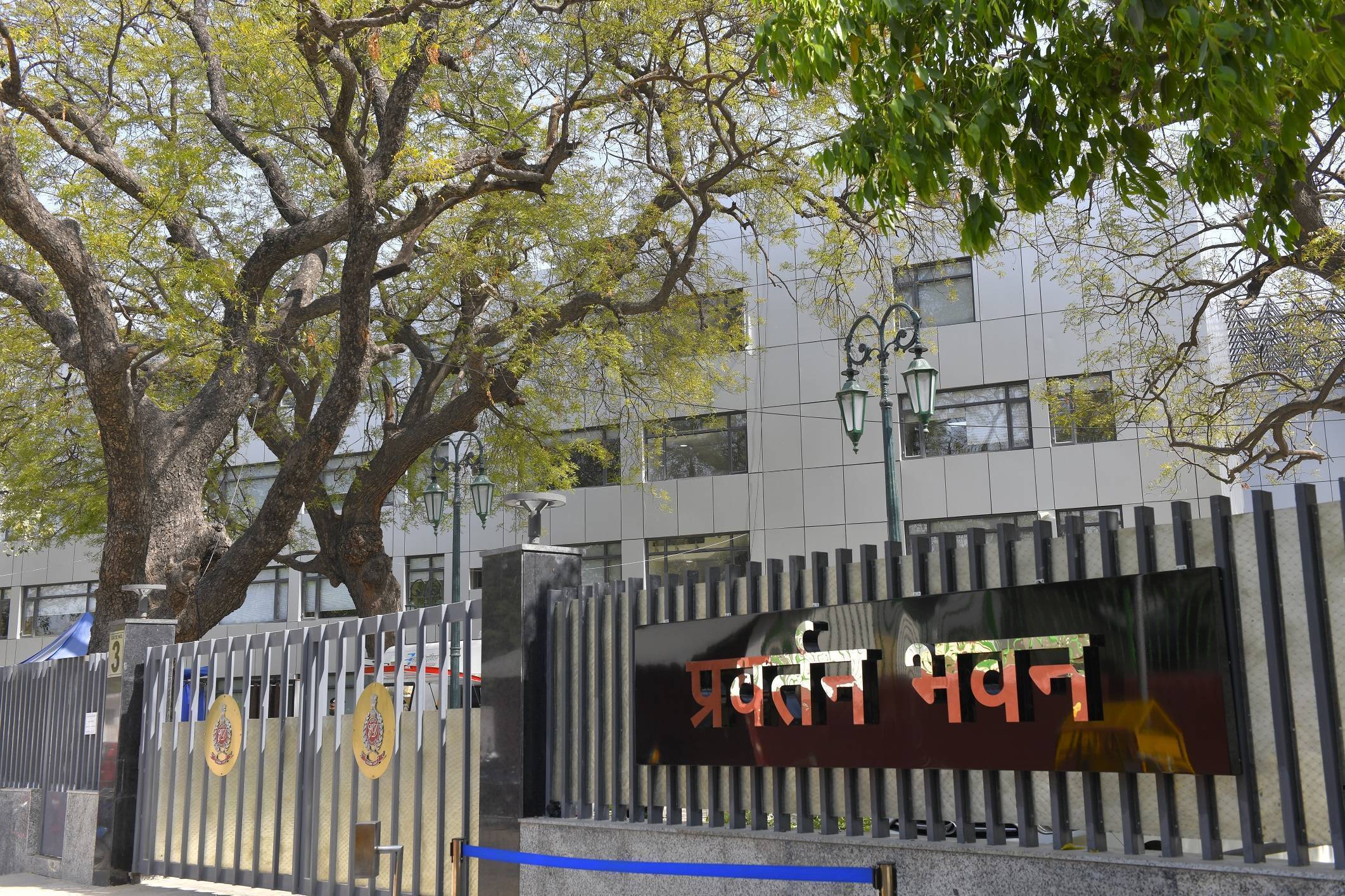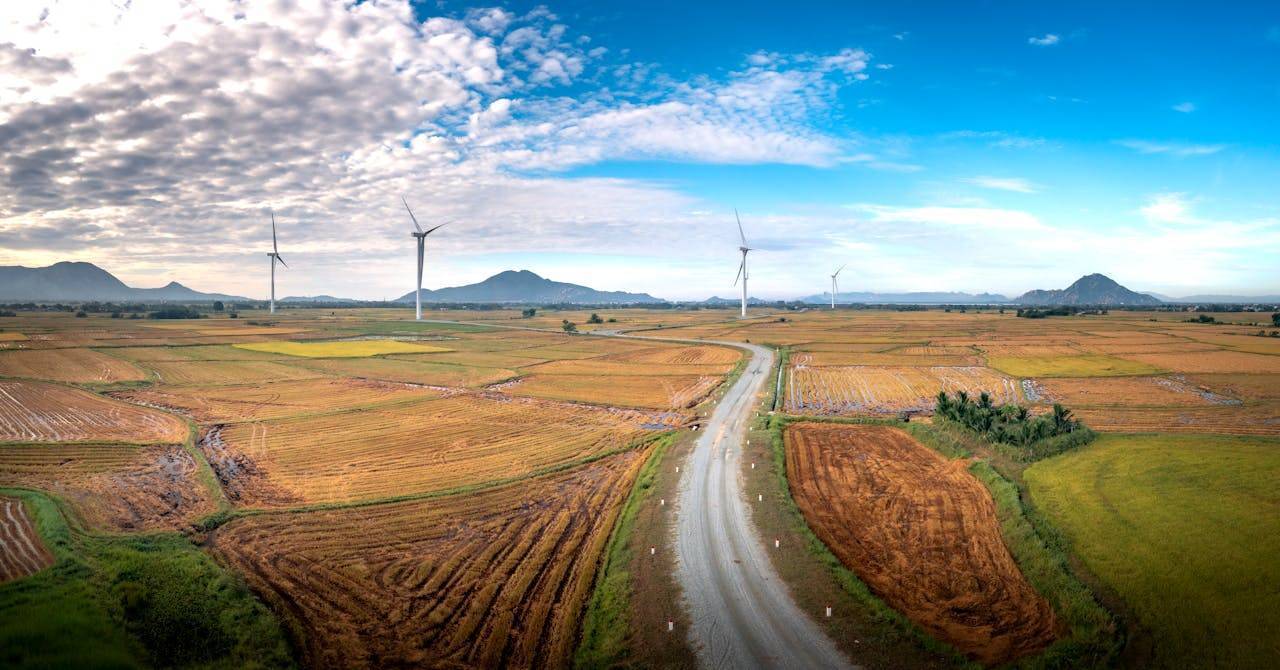In a landmark development set to redefine the urban and economic landscape of Andhra Pradesh, Prime Minister Narendra Modi on May 2, 2025, inaugurated and laid the foundation stone for a slew of projects worth ₹58,000 crore in the state. The centerpiece of this ambitious initiative is the revival of Amaravati as the greenfield capital city, a dream project envisioned by Chief Minister N. Chandrababu Naidu during his previous term. After years of political uncertainty and stalled development, Amaravati is finally set to regain its lost momentum, with renewed hope for infrastructure development, job creation, and real estate growth.
The Prime Minister’s visit marked the foundation-laying for a total of 94 key infrastructure projects, out of which 74 projects worth ₹49,000 crore are specifically focused on the development of Amaravati. These include high-priority components such as the construction of the Andhra Pradesh Legislative Assembly, Secretariat, High Court, judicial residential quarters, and housing for over 5,200 families. These projects are expected to act as a catalyst in reviving both administrative functioning and economic activity in the planned capital region.
PM Modi, in his address, emphasized the transformative vision for Amaravati and the role it is expected to play in building a "Developed India". “Amaravati is not just a city, it is a dream turning into reality,” he stated. “The energy of a developed India can now be seen in Amaravati. The development works launched today will strengthen infrastructure and accelerate the growth of Andhra Pradesh.”
Ambitious Urban Infrastructure on the Cards
One of the most significant aspects of the revival plan is the emphasis on modern and sustainable infrastructure. According to the Prime Minister’s Office and reports from PTI, the Amaravati plan includes the creation of a 320 km long world-class transport network, with underground utility corridors and advanced flood management systems. These additions are part of a long-term strategy to make Amaravati a climate-resilient and future-ready city.
Additionally, projects under the Land Pooling Scheme (LPS) will develop 1,281 km of roads across the city. These roads will include features like central medians, cycle tracks, and integrated utilities, thereby laying the foundation for a well-connected and environmentally conscious urban zone. The infrastructure push is expected to greatly enhance connectivity between Amaravati and surrounding cities like Vijayawada and Guntur, both of which serve as key economic hubs.
Real Estate Sector Set for Revival
The revival of Amaravati’s development plan has sent strong positive signals across the real estate sector. Experts and developers believe this political and financial commitment will drive investor confidence and market growth.
Bayana Srinivasa Rao Garu, President of CREDAI Andhra Pradesh, stated, “Over the last six months, there has been a notable shift in sentiment. Developers who were previously cautious are now preparing for fresh investments.” He attributed this shift to the renewed political will and the proactive involvement of CM Chandrababu Naidu, who has been instrumental in advocating for the city’s revival.
Rao further added that the government is offering support and incentives to real estate developers, which is accelerating project planning and land activity. “We foresee a 15–20% increase in land prices in the Amaravati region over the next six months as investor confidence strengthens,” he said.
Current Property Prices in Amaravati
The Amaravati-Guntur-Vijayawada region is already witnessing a surge in market interest. Hyderabad-based realtor GV Jagdish from Hanu Reddy Realty shared insights into current property trends. He mentioned that land prices range between ₹25,000 to ₹30,000 per square yard, while built-up residential properties are priced at approximately ₹4,000 per square foot.
Agricultural land on the outskirts is currently priced at ₹2–3 crore per acre, while strategically located plots in the Amaravati-Guntur corridor are commanding rates as high as ₹5–10 crore per acre. “The key driver for future growth will be consistent implementation of the proposed development plans. Investors are watching closely to see how quickly these projects move from paper to ground reality,” Jagdish noted.
The Vision Behind Amaravati
Amaravati was chosen as the new capital of Andhra Pradesh after the bifurcation of the state in 2014, which resulted in Hyderabad becoming the capital of Telangana. The vision was to build a world-class administrative capital from scratch, and a detailed Master Plan was prepared by Foster + Partners, a globally renowned UK-based architectural firm.
Spanning over 217.23 square kilometers, Amaravati was planned as a sustainable, technology-driven smart city. The plan includes features like e-buses, water taxis, metro connectivity, and dedicated cycling and pedestrian paths to reduce carbon emissions and promote green urban mobility. Key zones were earmarked for government use, residential settlements, commercial hubs, and institutional spaces.
The first phase of the capital city’s development is scheduled to be completed over the next three years, officials said. The estimated cost of development is ₹64,910 crore, with the Government of India already committing ₹15,000 crore in 2024. In addition, World Bank and Asian Development Bank (ADB) have each agreed to provide $800 million in funding, while HUDCO has signed a deal to lend ₹11,000 crore. Talks are also ongoing with German lender KfW for a possible ₹5,000 crore loan, and more funding avenues are under exploration.
Looking Ahead: A Capital Reimagined
The resurrection of Amaravati is more than just a political statement; it’s an economic and urban strategy with long-term implications for the state. If implemented as planned, Amaravati could emerge as one of India’s most modern and sustainable capital cities—symbolizing not just administrative centrality, but also prosperity and innovation.
For the real estate sector, this means significant opportunities in land development, housing, commercial real estate, and infrastructure partnerships. Investors, developers, and citizens alike are watching with renewed interest, hopeful that Amaravati’s second innings will deliver on its original promise.









.png)